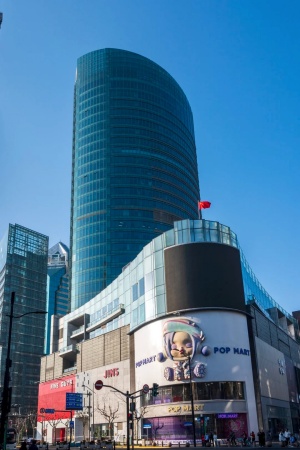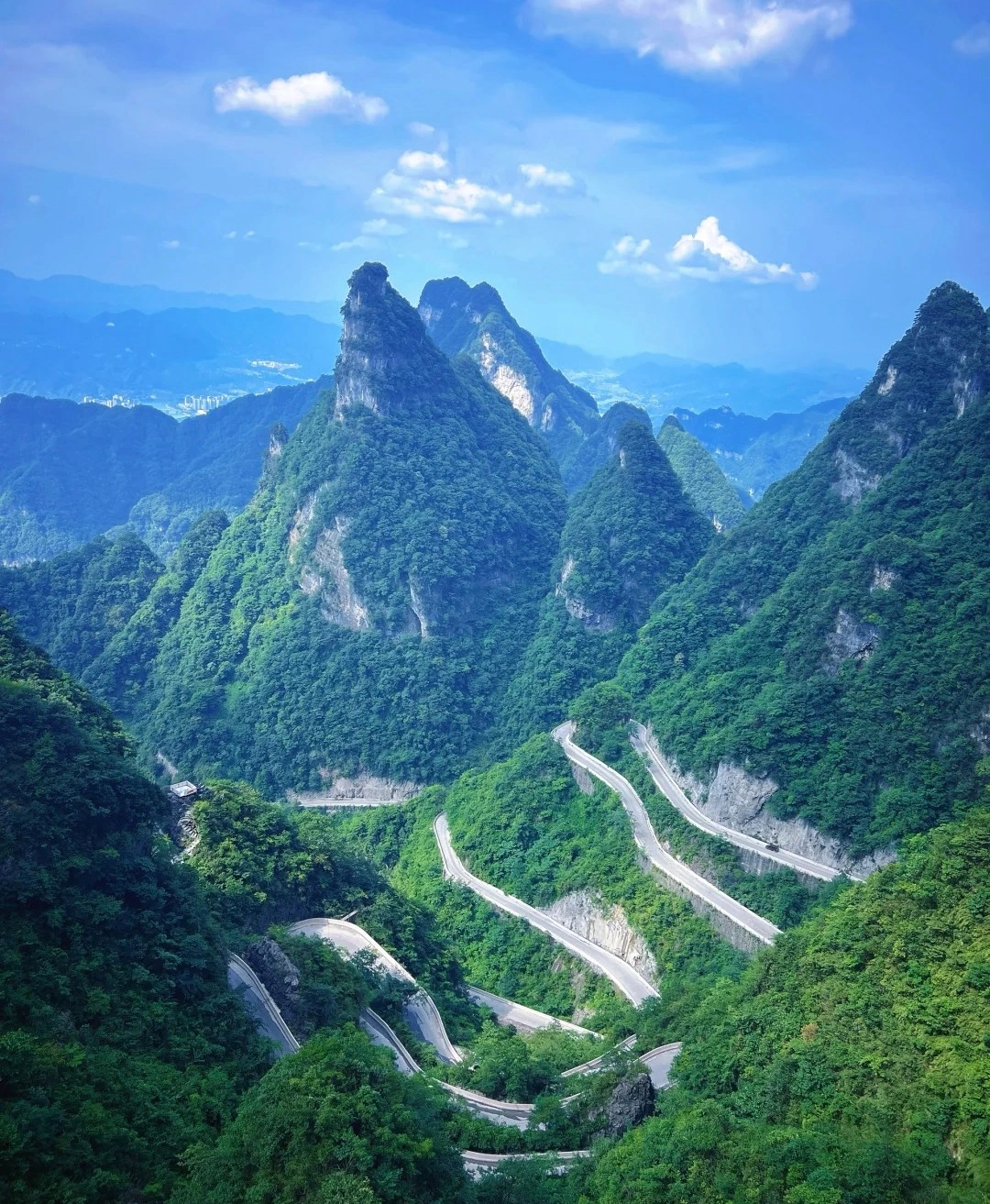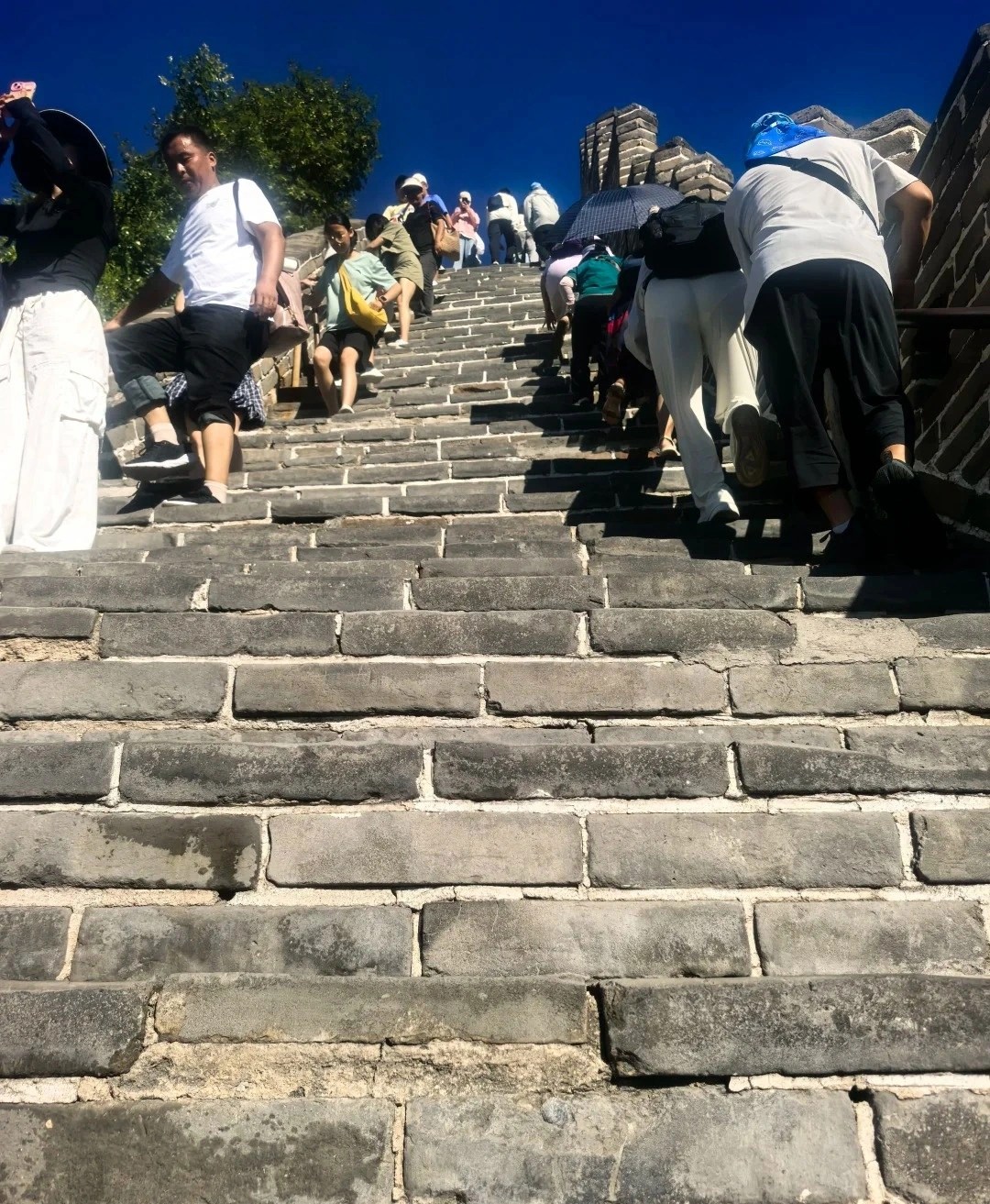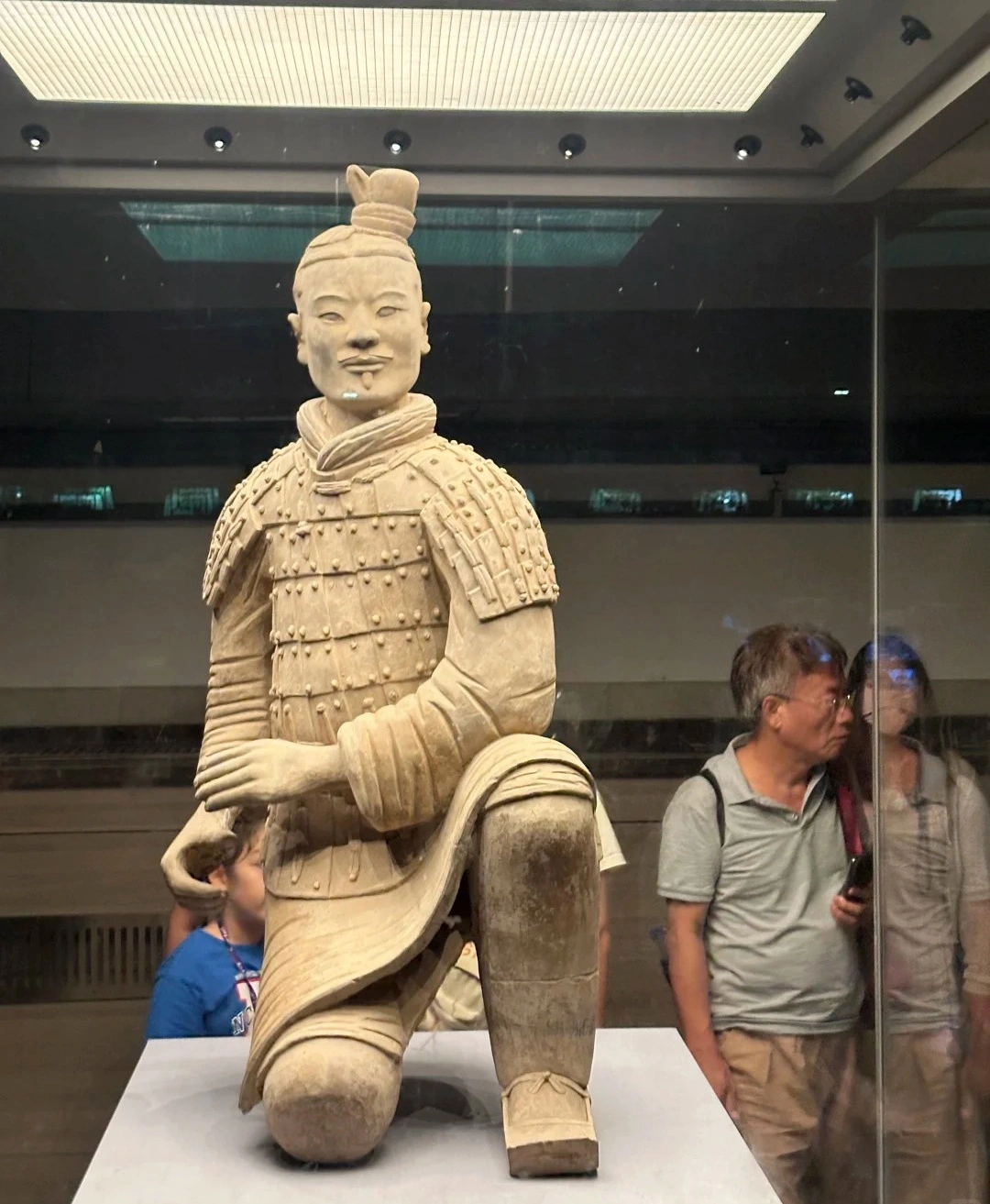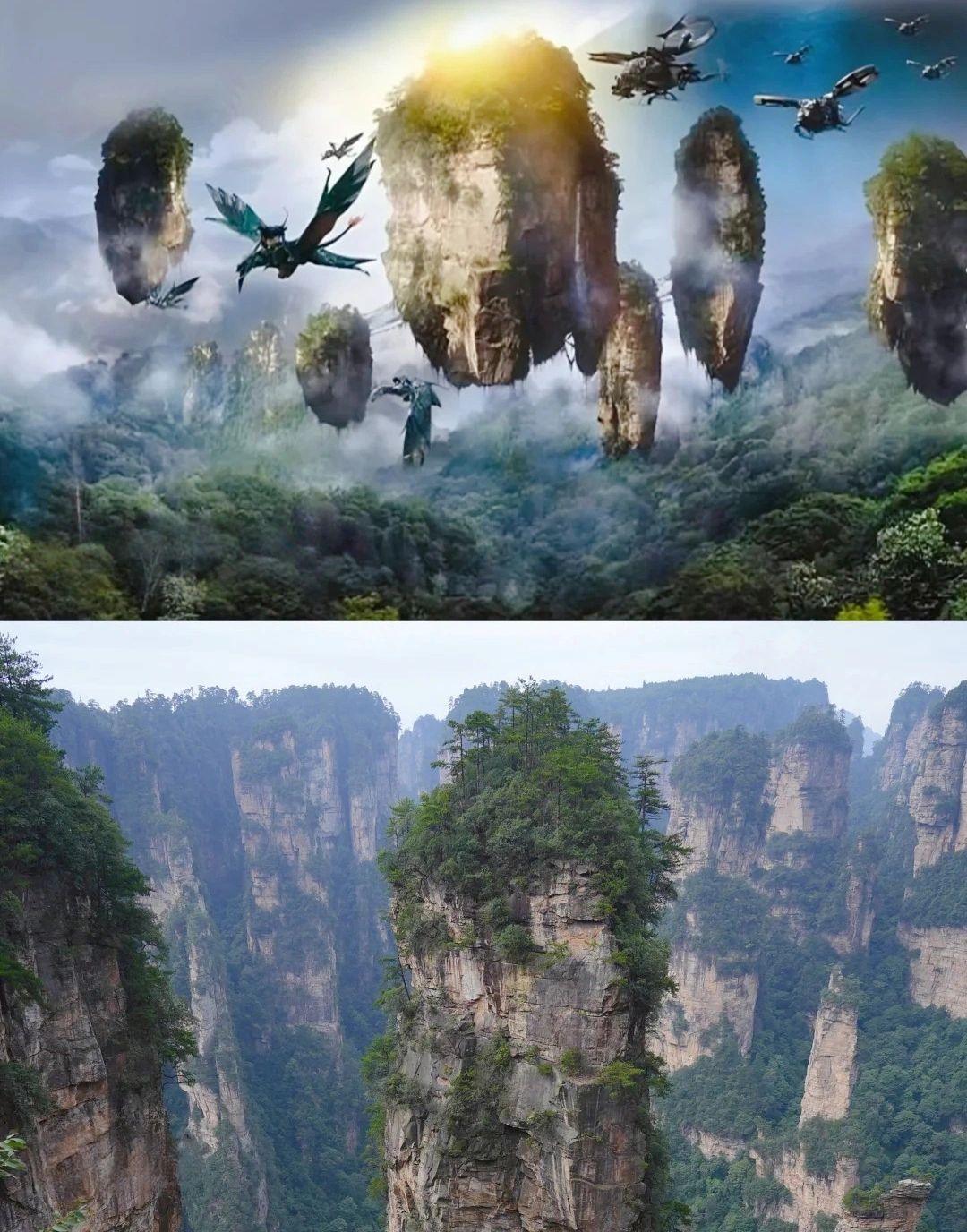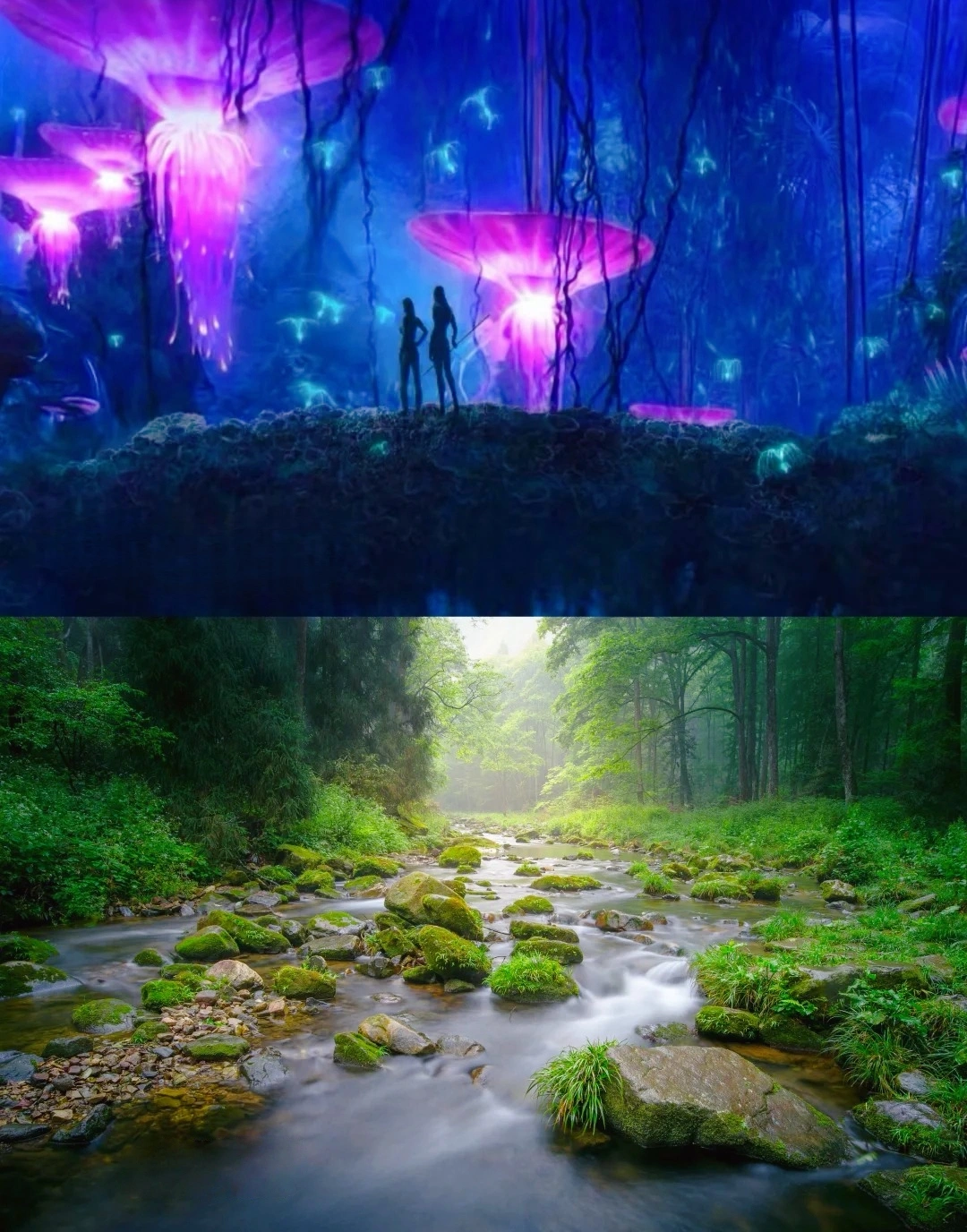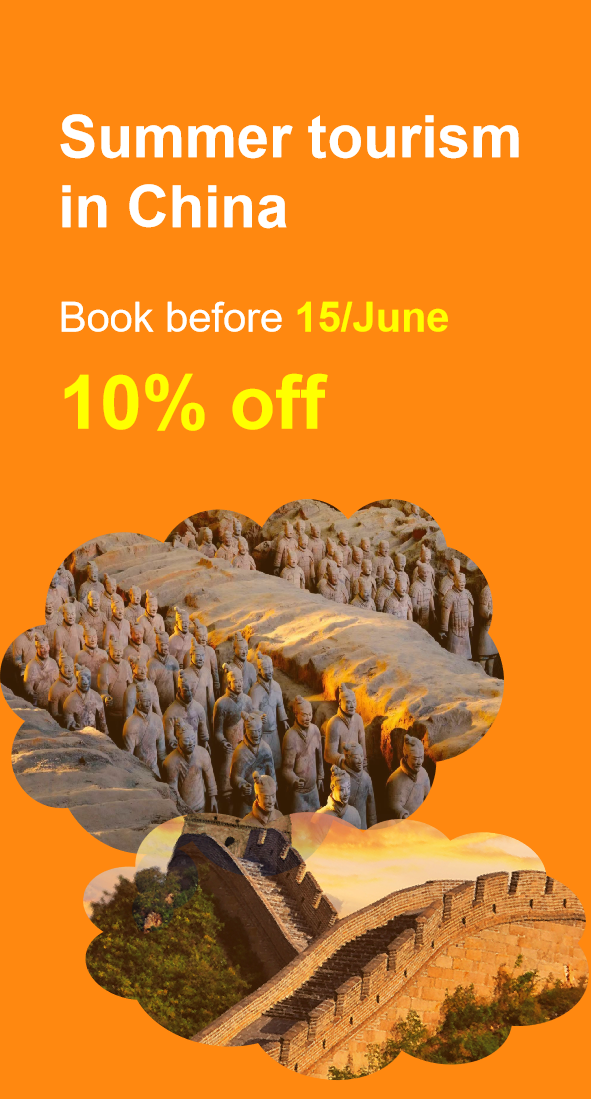Donglin Temple
Historical Overview
- Foundation (386 CE): Established by Huiyuan as the "Lotus Society," promoting Pure Land Buddhism principles.
- Tang Dynasty Prosperity (7th–10th centuries): Expanded under Emperor Gaozong, becoming a national Buddhist center.
- Song Dynasty Reconstruction (10th–13th centuries): Rebuilt after war damage, forming a seven-courtyard layout.
- Cultural Revolution Impact (1966–1976): Suffered severe destruction, with only the main hall and cliff carvings surviving.
- Modern Restoration (1980s–2000s): Rebuilt in 1989 as a Buddhist activity center, adding a nine-story pagoda (56m tall).
- UNESCO Recognition (2023): Included in China’s tentative list for World Heritage status due to its Buddhist cultural significance.
Structural Layout
The temple follows a traditional Buddhist axial layout with three main sections:
- Mountain Gate Zone: Features a Qing Dynasty stone archway with carved dragons and phoenixes.
- Main Hall Complex:
- Mahavira Hall: Central worship space housing three 10m-tall golden Buddha statues (Shakyamuni, Amitabha, Bhaisajyaguru).
- Avalokitesvara Grotto: Cliffside chamber with the 42-armed Avalokitesvara carving (3.15m tall, 1.25m wide).
- Supporting Structures:
- Nine-Story Pagoda: Houses 50,000 Buddhist sutras and a relic chamber with 80 sarira beads.
- Bell and Drum Towers: Ming Dynasty wooden structures with bronze bells weighing over 2 tons.
- Monk Quarters: Reconstructed Tang-style courtyard buildings with lotus-patterned roof tiles.
Major Attractions
- Thousand-Hand Avalokitesvara Mural: A Northern Wei Dynasty masterpiece with 42 arms holding sacred objects, flanked by flying apsaras and 18 arhat statues.
- Nine-Story Pagoda: A 56m-high stone pagoda offering panoramic views of Lushan Mountain and Yangtze River.
- Huiyuan Memorial Hall: Tomb of the temple’s founder, featuring Tang Dynasty stele inscriptions.
- Advent Wood Well: A springwell where ancient logs miraculously emerged during temple repairs, now marked by a Song Dynasty stele.
- Six Harmonies Hall: Rare Ming Dynasty frescoes depicting Buddhist parables, restored in 2010.
Suggested Itineraries
-
Classic Route (2–3 hours):
Mountain Gate → Mahavira Hall → Avalokitesvara Grotto → Nine-Story Pagoda → Exit
Highlights: Core Buddha statues and iconic cliff carvings. -
Extended Route (4–5 hours):
Mountain Gate → Bell Tower → Mahavira Hall → Six Harmonies Hall → Advent Wood Well → Huiyuan Memorial Hall → Exit
Highlights: Historical artifacts and legends of temple construction. -
Comprehensive Route (Full Day):
Mountain Gate → Drum Tower → Monk Quarters → Avalokitesvara Grotto → Nine-Story Pagoda → Vegetarian Restaurant → Six Harmonies Hall → Exit
Highlights: In-depth cultural immersion and sutra study opportunities.
Ticket Purchase
- Entrance Fees (2025):
- Adults: ¥40 (peak season Apr–Oct), ¥30 (off-season Nov–Mar).
- Students/Seniors: ¥20 (ID required).
- Free: Children under 1.2m, disabled visitors.
- Online Booking: Available via WeChat mini-program “Donglin Temple” (up to 7 days in advance).
- On-Site Tickets: Limited availability; queues average 10 minutes during weekdays.
Transportation
From Jiujiang City Center:
- By Bus: Take bus 101 to Donglin Temple Station (¥2, 30 minutes).
- By Taxi: Direct ride to temple (¥25, 15 minutes).
From NAnchang:
- High-Speed Rail: Nanchang West Station → Jiujiang Station (1 hour), then taxi to temple (¥30, 20 minutes).
Local Shuttle:
- “Jiujiang–Lushan” minibus from Jiujiang Bus Station (¥5, 20 minutes) to Donglin Township, then 500m walk.
Best Time & Tips
- Optimal Seasons: April–May (azalea blooms), September–October (autumn foliage).
- Avoid: 11:30 AM–1:00 PM (closure for prayers).
- Essentials:
- Respect Buddhist customs (remove hats, no flash photography in halls).
- Wear sturdy shoes for stone steps and uneven paths.
- Bring water (limited vendors on-site).
- Prohibited Items: Alcohol, meat products, loud music devices.
- Special Events:
- Lunar April 8: Buddha’s Birthday Celebration with lantern lighting.
- Autumn Equinox: Vegetarian Food Festival featuring temple-made tofu and mushroom dishes.
Contact Us
Что говорят наши клиенты?
На основе более 10 000 отзывов путешественников
